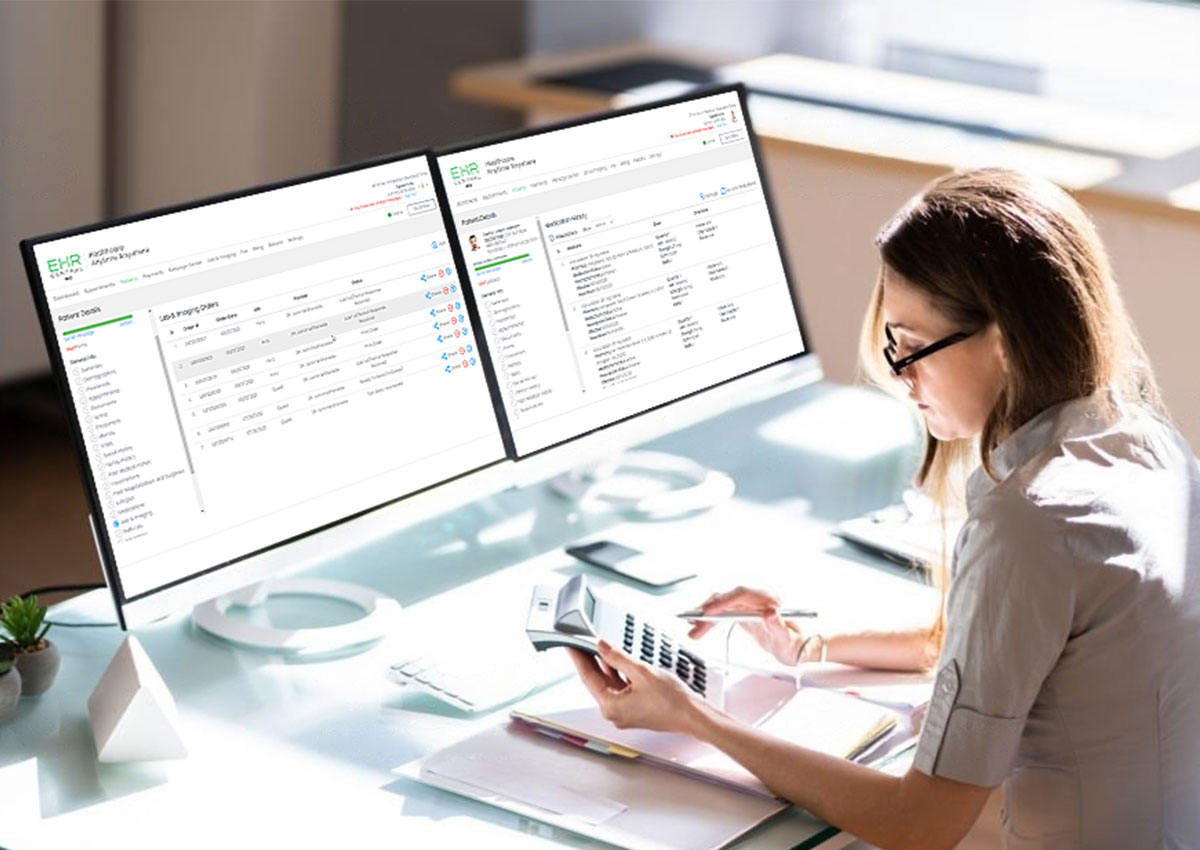In the fast-paced world of healthcare, efficient medical billing is crucial for operational success and patient satisfaction. As we move into 2024, several technological advancements are poised to revolutionize medical billing workflows, making them more seamless, accurate, and efficient. Here’s a look at the key tools and platforms to watch this year.
- AI-Powered Billing Systems
Artificial Intelligence (AI) is transforming the medical billing landscape by automating complex tasks that traditionally require significant human intervention. AI-driven billing systems can:
- Automate Code Selection: AI can quickly and accurately select the appropriate billing codes, reducing errors and improving compliance.
- Predict Denials: By analyzing historical data, AI can predict which claims are likely to be denied, allowing staff to preemptively address issues.
- Streamline Claims Processing: Automated workflows handle routine tasks, such as data entry and claim submission, freeing up staff to focus on more complex issues.
- Blockchain for Secure Transactions
Blockchain technology ensures secure and transparent transactions, which is vital for medical billing. It offers:
- Enhanced Security: Blockchain’s decentralized nature makes it difficult for unauthorized parties to alter records, ensuring the integrity of billing information.
- Transparency: Every transaction is recorded and immutable, providing a clear and auditable trail.
- Efficient Reconciliation: Reduces the time and effort required for transaction reconciliation by providing a single source of truth.
- Cloud-Based Billing Platforms
Cloud technology offers scalability, flexibility, and accessibility, making it ideal for medical billing. Cloud-based platforms provide:
- Remote Access: Billing staff can access the system from anywhere, facilitating remote work and improving collaboration.
- Scalability: Easily scale resources up or down based on demand without significant upfront investment.
- Automatic Updates: Ensure that the platform is always up to date with the latest features and security enhancements.
- Robotic Process Automation (RPA)
RPA automates repetitive and time-consuming tasks within the billing process. Key benefits include:
- Reduced Errors: Robots follow predefined rules with high accuracy, minimizing human errors.
- Increased Efficiency: RPA can process high volumes of transactions quickly, improving overall productivity.
- Cost Savings: By automating routine tasks, healthcare organizations can reduce labor costs and reallocate resources to more strategic activities.
- Integrated EHR and Billing Systems
Integration between Electronic Health Records (EHR) and billing systems streamlines data flow and reduces administrative burden. Features include:
- Seamless Data Transfer: Automatically transfer patient information from EHR to billing systems, reducing duplication and errors.
- Real-Time Updates: Ensure that billing information is always up to date with the latest patient data.
- Improved Compliance: Integrated systems help ensure that billing practices adhere to the latest regulations and standards.
- Advanced Analytics and Reporting Tools
Data analytics can provide valuable insights into billing processes and help identify areas for improvement. Tools to watch include:
- Predictive Analytics: Forecast trends and potential issues in billing processes, enabling proactive management.
- Customizable Dashboards: Provide real-time visibility into key performance indicators (KPIs) and metrics.
- Comprehensive Reporting: Generate detailed reports to support decision-making and compliance efforts.
- Mobile Billing Applications
Mobile technology is making medical billing more accessible and convenient. Mobile billing apps offer:
- On-the-Go Access: Billing professionals can manage claims and billing processes from their smartphones or tablets.
- Real-Time Notifications: Receive instant alerts for important updates and actions required.
- Patient Engagement: Facilitate communication with patients regarding billing inquiries and payments.
Final Words
The medical billing landscape is evolving rapidly, driven by advancements in technology. By harnessing AI, blockchain, cloud computing, RPA, integrated EHR systems, advanced analytics, and mobile applications, healthcare organizations can create more seamless, efficient, and secure billing workflows. Keeping an eye on these tools and platforms in 2024 will be essential for staying ahead in the competitive healthcare environment and ensuring the highest levels of operational efficiency and patient satisfaction.

